
- Inspiring People -
- 7mins -
- 2,591 views
Prima ballerina Marta with Alzheimer’s revives when she hears Swan Lake
Touching video showing a former ballet dancer afflicted with Alzheimer’s disease gracefully moving to Tchaikovsky’s ballet Swan Lake goes viral, once again proving the power of music in helping those suffering memory loss.
Former ballerina with Alzheimer’s goes viral after dancing to ‘Swan Lake’
A video that purports to show a former ballet dancer with Alzheimer’s gracefully moving to Tchaikovsky’s Swan Lake is touching hearts around the world. Since it was uploaded online on October 30 by Asociacion Musica para Despertar, a Spanish organisation that promotes music therapy, the clip been viewed almost 2.5 million times to date.
The dancer, Marta C Gonzalez, suffers from memory loss which makes her dance all the more poignant, as she remembers decades-old choreography thanks to the power of music. When it was posted, Asociación Música para Despertar revealed the video was taken in Valencia, Spain in 2019, and that Gonzalez has since died.
Source: TheNationalNews
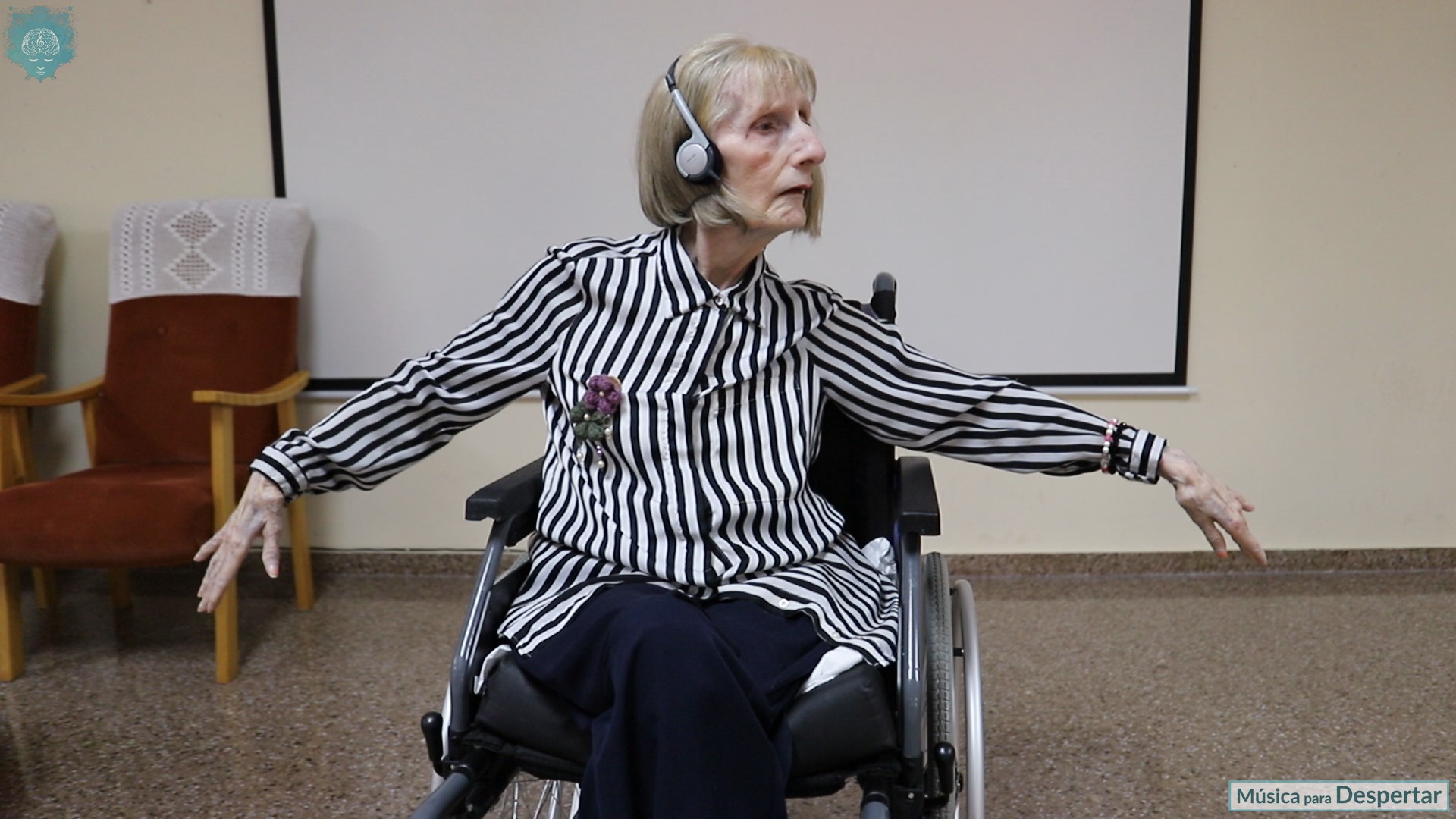
mysterious Marta dances the swan lake
She lived in Cuba, danced in New York, taught in Madrid, and triumphed after her death in a nursing home in Alcoy, where she dreamed of doing a ballet with the elderly.
In Cuba she was called Rosamunda; in Madrid and New York, Marta Cinta; but on her Spanish identification card it appeared as Marta González Saldaña. Surely none of these names tell you anything, but if we speak of the elderly woman who passionately dances “Swan Lake“ from her wheelchair, maybe she will sound familiar. The video of this woman that went viral and has quickly made its way through social networks and other media, has incited passion for the tenderness of its image.
Behind this small fragment of video there is a movie-like life: a relocation to Fulgencio Batista’s Cuba, the arrival to the top of the New York dance world, a ballet school in Madrid, and a funny story of love in old age. All this with a muddle of dates that would make even Sherlock Holmes scratch his head.
Spanish media El Español investigated the life of Marta González in order to discover what is behind this woman who, just like Princess Odette – Queen of the Swans in Tchaikovsky’s libretto – transforms with the melody and begins to move her arms in wing-like movement while submerged in a trance that brings her back to her glory days.
As if the spirit were much younger than the body that encompasses it, Marta flies away like in times gone by, much before her time in a wheelchair, when she received applause in theaters around the world, when the press surrendered to her talent, or when she left her young students with gaping mouths wide open with her “majestic” presence.
Source: ElEspañol
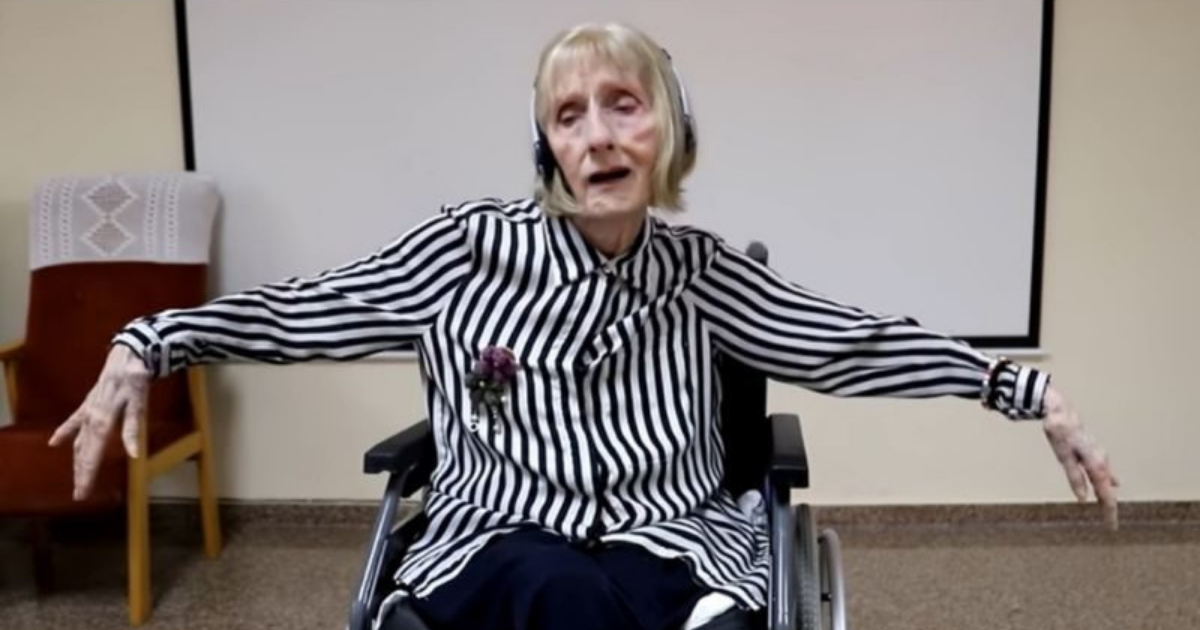
Marta’s exact birthdate remains a mystery
Marta was born in Madrid in the mid-1920s. Her exact birthdate is a mystery since she never said her age and is personally responsible for falsifying it. “In her [Spanish] National Identity Card the date is falsified. You would ask her and she would say she was 40 years-old. Instead of adding years, she was going backwards (laughter)”, explains Inmaculada Vilar, the director of the nursing home Muro de Alcoy where Marta spent the last few years of her life. “We calculated that she was born around 1924. But her National Identity Card says she was born in ’49, and that now she would be around 70 years-old. That is impossible”.
What she did say was where she was born: Madrid. Although, again, her ID says another thing and places her entrance into the world about 7,400 kilometers [approximately 4,600 miles] from the Spanish capital, specifically, in Havana, Cuba. Even so, all of her life she spoke with a Cuban accent.
Source: ElEspañol
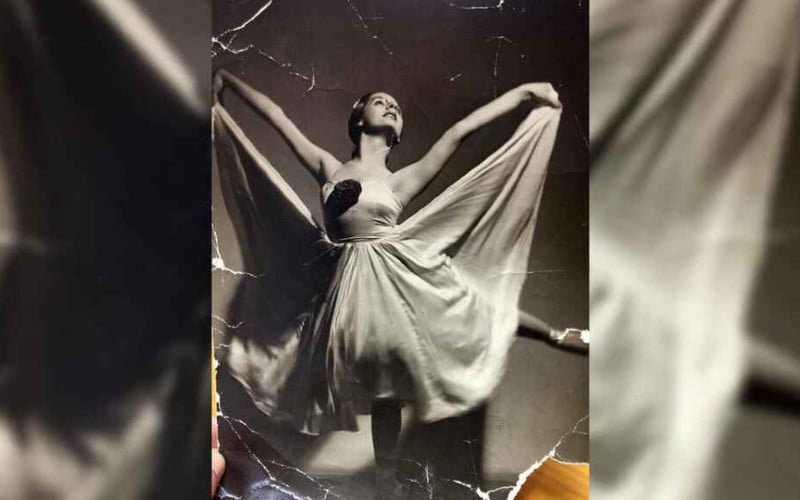
An ID card accredits Marta with being a ballet teacher in Cuba
It is known through her own stories that she told while in the nursing home that when she was quite young her family relocated to the Caribbean island. Her father, Nicolás González, was an engineer and was contracted to build railroad tracks there. Her stay in Cuba is documented by an ID card issued by the General Directorate of Sports which falls under the Ministry of Education in Cuba.
This ID card accredits Marta’s name with being a ballet teacher on the island. It is dated May 3, 1968, which is to say, after the Cuban Revolution. But if you pay careful attention to the image, you can see that there is a sticker placed on top of the year. It is possible to think that Marta altered that date for reasons that she took with her to the grave.
Source: ElEspañol
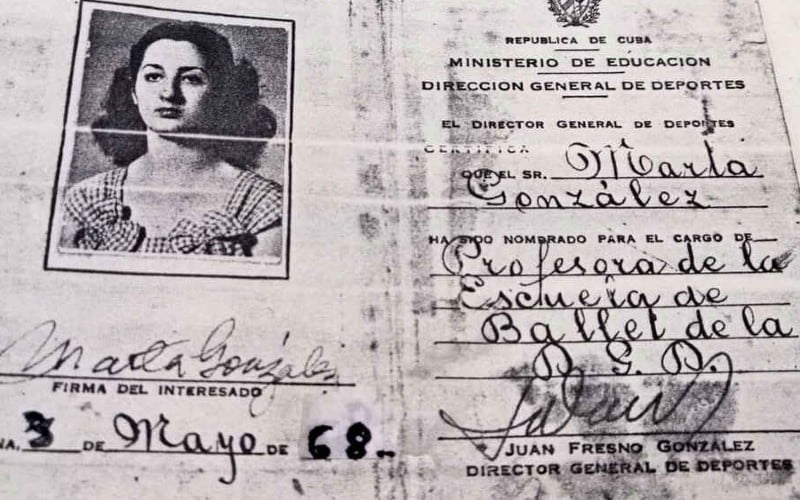
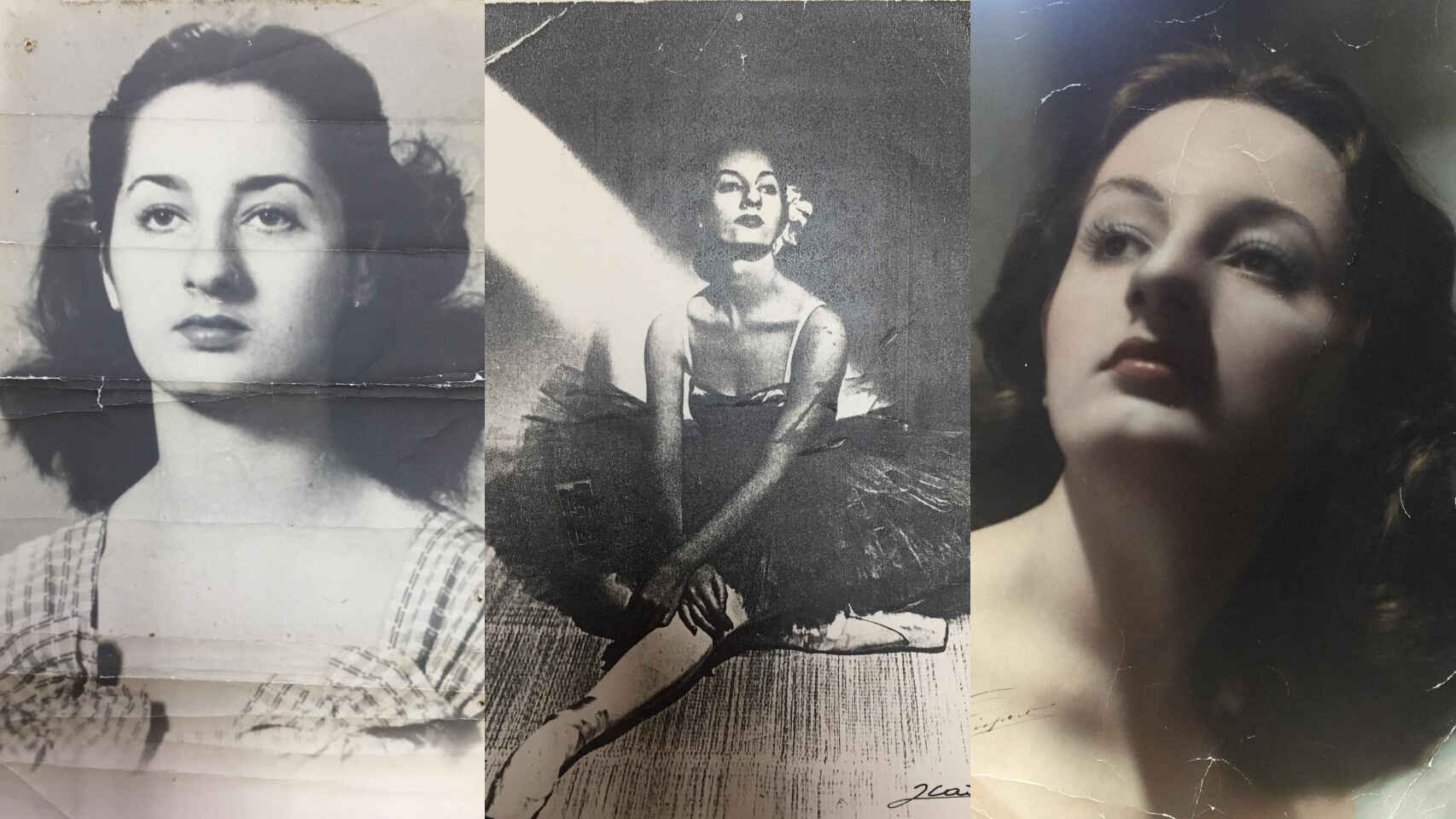
Music is scientifically proven to be one of the last capabilities to be lost
In June 2019 she received the visit from Música Para Despertar [Wake Up Music], the authors of the viral video that shows the evocative power and the therapeutic power of music, a subject often criticised in educational plans. “It is scientifically proven to be one of the last capabilities that can be lost”, explains Pepe Olmedo, director of Música Para Despertar and in charge of broadcasting the famous video.
Marta died in March of this year, probably oblivious of the storm that was falling around the walls of her nursing home and with memories of a movie-like life.
This article is a translation of excerpts from a longer article in the original Spanish, published in El Español in November 2020.
Source: ElEspañol
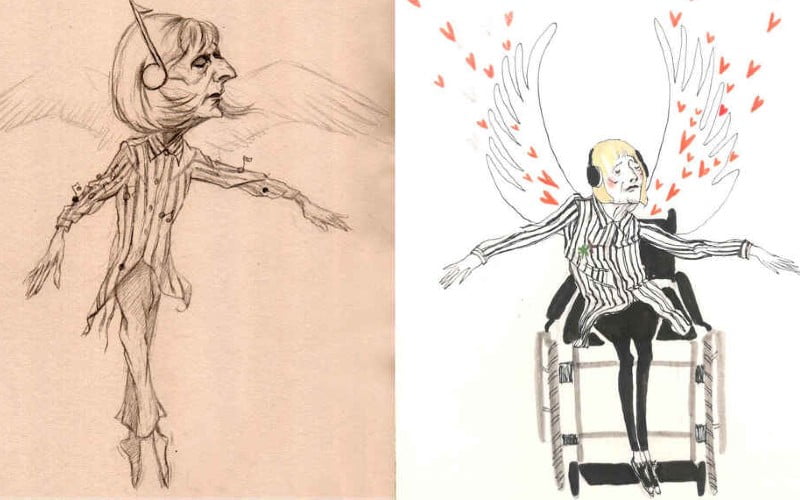
HOW MUSIC HELPS DEMENTIA PATIENTS RECALL MEMORIES AND EMOTIONS
Music is known to be a great way to break through to dementia patients, but do you know why?
A study in 2014 showed that dementia and Alzheimer’s patients can recall memories and emotions, and have enhanced mental performance after singing classic hits and show tunes from movies and musicals — a breakthrough in understanding how music affects those with dementia and Alzheimer’s.
Researchers determined the effect music has on dementia patients, by leading half of the participants through selected songs while the other half listened to the music being played.
After the musical treatment, all participants took cognitive ability and life satisfaction tests. which showed how participants scored significantly better when being lead through songs, rather than only listening.
Below are 5 reasons why researchers believe that music boosts brain activity
1. MUSIC EVOKES EMOTIONS THAT BRING MEMORIES.
Music can evoke emotion in even the most advanced of Alzheimer’s patients. Neurologist Oliver Sacks says that, “Music evokes emotion, and emotion can bring with it memory… it brings back the feeling of life when nothing else can.” By pairing music with every day activities, patients can develop a rhythm that helps them to the recall the memory of that activity, improving cognitive ability over time.
2. MUSICAL APTITUDE AND APPRECIATION ARE TWO OF THE LAST REMAINING ABILITIES IN DEMENTIA PATIENTS.
Linda Maguire, lead author on the study wrote, “Musical aptitude and music appreciation are two of the last remaining abilities in patients with Alzheimer’s.” Because these two abilities remain long after other abilities have passed, music is an excellent way to reach beyond the disease and reach the person.
3. MUSIC CAN BRING EMOTIONAL AND PHYSICAL CLOSENESS
In the later stages of dementia, patients often lose the ability to share emotions with caregivers. Through music, as long as they are ambulatory, they can often dance. Dancing can lead to hugs, kisses and touching which brings security and memories.
4. SINGING IS ENGAGING
The singing sessions in the study engaged more than just the brain and the area related to singing. As singing activated the left side of the brain, listening to music sparked activity in the right and watching the class activated visual areas of the brain. With so much of the brain being stimulated the patients were exercising more mind power than usual.
5. MUSIC CAN SHIFT MOOD, MANAGE STRESS AND STIMULATE POSITIVE INTERACTIONS.
The Alzheimer’s Foundation of America has an entire web page dedicated to music therapy in Alzheimer’s patients. They say that, “When used appropriately, music can shift mood, manage stress-induced agitation, stimulate positive interactions, facilitate cognitive function and coordinate motor movements.” This is because music requires little to no mental processing, so singing music does not require the cognitive function that is not present in most dementia patients.
Source: Alzheimers.net
? Música para Despertar for your amazing work. Source: Youtube

